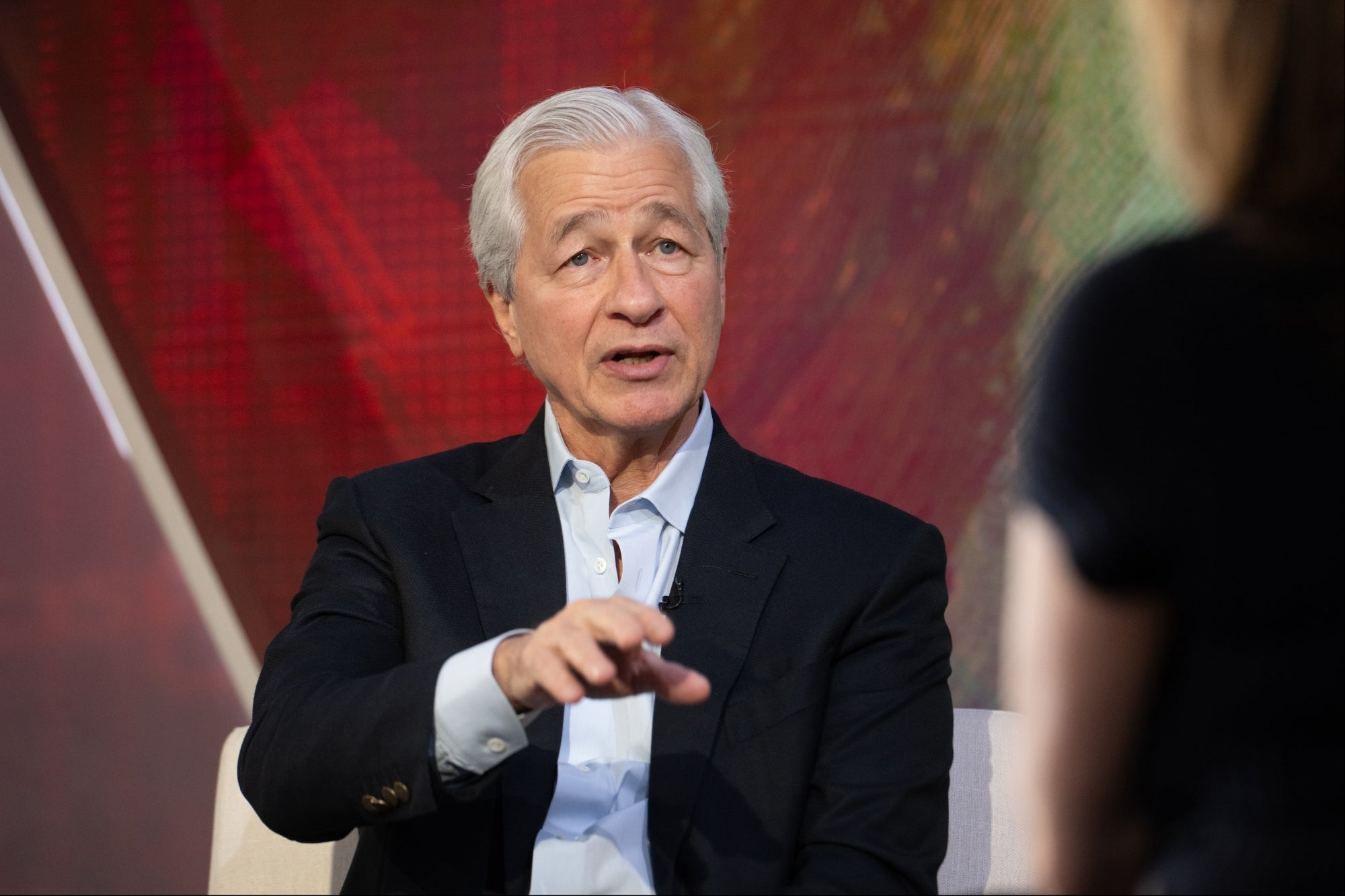Redefining ALS Treatment: This Company is Breaking New Ground in Neurodegenerative Disease In the challenging landscape of neurodegenerative disease treatments, NeuroSense Therapeutics stands at the forefront of innovation with a promising therapy for one of medicine's most devastating conditions
Opinions expressed by Entrepreneur contributors are their own.
You're reading Entrepreneur Asia Pacific, an international franchise of Entrepreneur Media.

Amyotrophic Lateral Sclerosis (ALS) has long been considered one of medicine's most formidable challenges. This devastating neurodegenerative disease, which affects more than 5,000 new patients annually in the U.S. alone, leads to progressive muscle weakness, paralysis, and typically death within 2-5 years of diagnosis. The annual disease burden exceeds USD 1 billion, and patient numbers are projected to grow by 24 per cent by 2040.
In this difficult therapeutic landscape, Cambridge-based NeuroSense Therapeutics has emerged with an innovative approach that could transform how we address ALS. Their lead drug candidate, PrimeC, represents a fundamental shift from traditional treatment methods.
Unlike conventional single-target therapies, NeuroSense's approach targets multiple disease mechanisms simultaneously. PrimeC combines two FDA-approved drugs—ciprofloxacin and celecoxib—in a proprietary extended-release formulation designed to address neuroinflammation, iron metabolism dysregulation, and miRNA dysregulation—all key contributors to ALS progression.
The potential impact of this multi-targeted strategy was demonstrated in the company's Phase 2b PARADIGM clinical trial, completed in late 2024. Results showed a remarkable 36 per cent reduction in disease progression and a 43 per cent improvement in survival rates compared to placebo after 12 months of treatment. The trial's findings gained attention at the American Academy of Neurology Annual Meeting, where researchers presented data showing PrimeC's significant impact on disease progression and biomarkers of ALS pathology.
NeuroSense is now pursuing a dual-track strategy for bringing PrimeC to patients. In Canada, the company is seeking early market approval through Health Canada's "Notice of Compliance with Conditions" pathway, potentially making the treatment available to Canadian patients by early 2026. The company estimates the Canadian market alone could represent USD 100-150 million in peak annual revenue.
Simultaneously, NeuroSense is preparing for a pivotal Phase 3 trial expected to begin enrollment in mid-2025, following positive feedback from the FDA on the trial design. This global study will involve approximately 300 patients and could potentially lead to wider approval in major markets.
The company recently secured a notable achievement with the announcement of a binding term sheet with an unnamed global pharmaceutical company. The potential agreement would include, according to the annoucement, funding for the Phase 3 trial, upfront payments, milestone payments, and royalties—a structure that would allow NeuroSense to advance its technology while managing the substantial costs of late-stage drug development.
This business model—where smaller biotechnology firms develop innovative therapies and then partner with larger pharmaceutical companies for late-stage development and commercialization—has become increasingly common in the industry. It allows companies like NeuroSense to focus on their core strength—innovation—while leveraging the resources and expertise of established pharmaceutical players to navigate the complex and costly process of bringing treatments to market.
Beyond ALS, NeuroSense has applied its multi-targeted approach to other neurodegenerative conditions. The company has early-stage programs for Alzheimer's disease (CogniC) and Parkinson's disease (StabiliC), both following the same strategy of combining existing approved drugs in novel formulations to address multiple disease mechanisms.
The advances made by NeuroSense highlight a broader trend in biotechnology: the evolution toward more sophisticated, multifaceted approaches to complex diseases. By targeting multiple mechanisms simultaneously, companies like NeuroSense are finding pathways to address conditions that have long resisted conventional treatment approaches.
For the millions affected by ALS and other neurodegenerative conditions worldwide, this innovative approach represents something that has been in short supply: hope. If successful, PrimeC and similar therapies could transform what has long been considered an untreatable condition into one that can be managed, significantly extending both lifespan and quality of life for those affected.
As NeuroSense advances toward potential commercialization in Canada and continues development globally, it exemplifies how targeted innovation in biotechnology can address some of medicine's most challenging frontiers.











